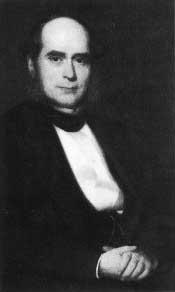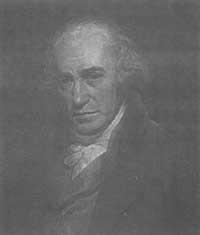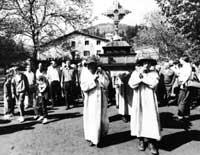Henry Bessemer
1993/08/01 Azkune Mendia, Iñaki - Elhuyar Fundazioa Iturria: Elhuyar aldizkaria
He entered the Charlton (Hertfordshire) of England on January 19, 1813. The young Henry, father of a family of typographical characters, soon began to work with great ease to prepare new appliances. He invented a new system to seal the writings and the British government took it immediately without paying anything. Therefore, since then he put his inventions very carefully to the patenta.
In the early 1850s, the English, united with the French, fought the Russians in Crime. Then, Bessemer sought to devise a new and better projectile for the cannons, in order to have a greater pull and be more precise.

The British War Minister ignored the project and dedicated her work to the French government. Napoleon III helped him perform his essays. It was about turning the projectile out of the canyon. For this purpose the projectile had to be perfectly adjusted inside the cannon, since otherwise, when the gunpowder exploded, the gases went outside losing strength. Therefore, within the canyon there would be more pressure, and as the French experts insisted on irony, when the cannon exploded and instead of killing the enemy would die the locals.
Bessemer accepted this criticism and began to look for high-strength iron for large-shot cannons. The right material could be steel, but at that time it was very expensive (almost equal to gold).
What came out of the foundries was cast iron, with a high percentage of carbon, very hard and fragile. Therefore, it had to be reduced. Iron without carbon, sweet, could be given any form of forging because it is malleable. Steel in intermediate amounts of carbon between sweet iron and cast iron presented hardness and difficulty. It was therefore ideal for making cannons. But there was an obstacle to getting this type of steel. First you had to turn cast iron into sweet and then add the carbon you needed.
Bessemer devised the right system for this conversion. In the system until then the cast iron was melted and added by measuring the iron ore. Carbon atoms were combined with the oxygen atoms of the mineral and went outside as gas obtaining sweet iron.
However, Bessemer invented a new system of oxygen supply to the melt without adding mineral. Instead of pouring the mineral, it would introduce an air stream so that the liquid smelter would catch the oxygen. Bessemer feared that the air would cool the melt, but rehearsing happened the other way around. The oxygen in the air burned carbon and heated the mass. By cutting the air current at the right time, a steel with the right amount of carbon was obtained, which was much cheaper than before.
He realized his system in 1856, but failed. In fact, in his trials Bessemer used a phosphorus free mineral and subsequently underwent industrial phosphorus tests. However, Bessemer knew why of failure and built his factory in 1860 in Sheffield asking for money.
In a few years he became very rich and in 1879 he was appointed member of the Royal Society. He died on 15 March 1898 in London.

Gai honi buruzko eduki gehiago
Elhuyarrek garatutako teknologia





